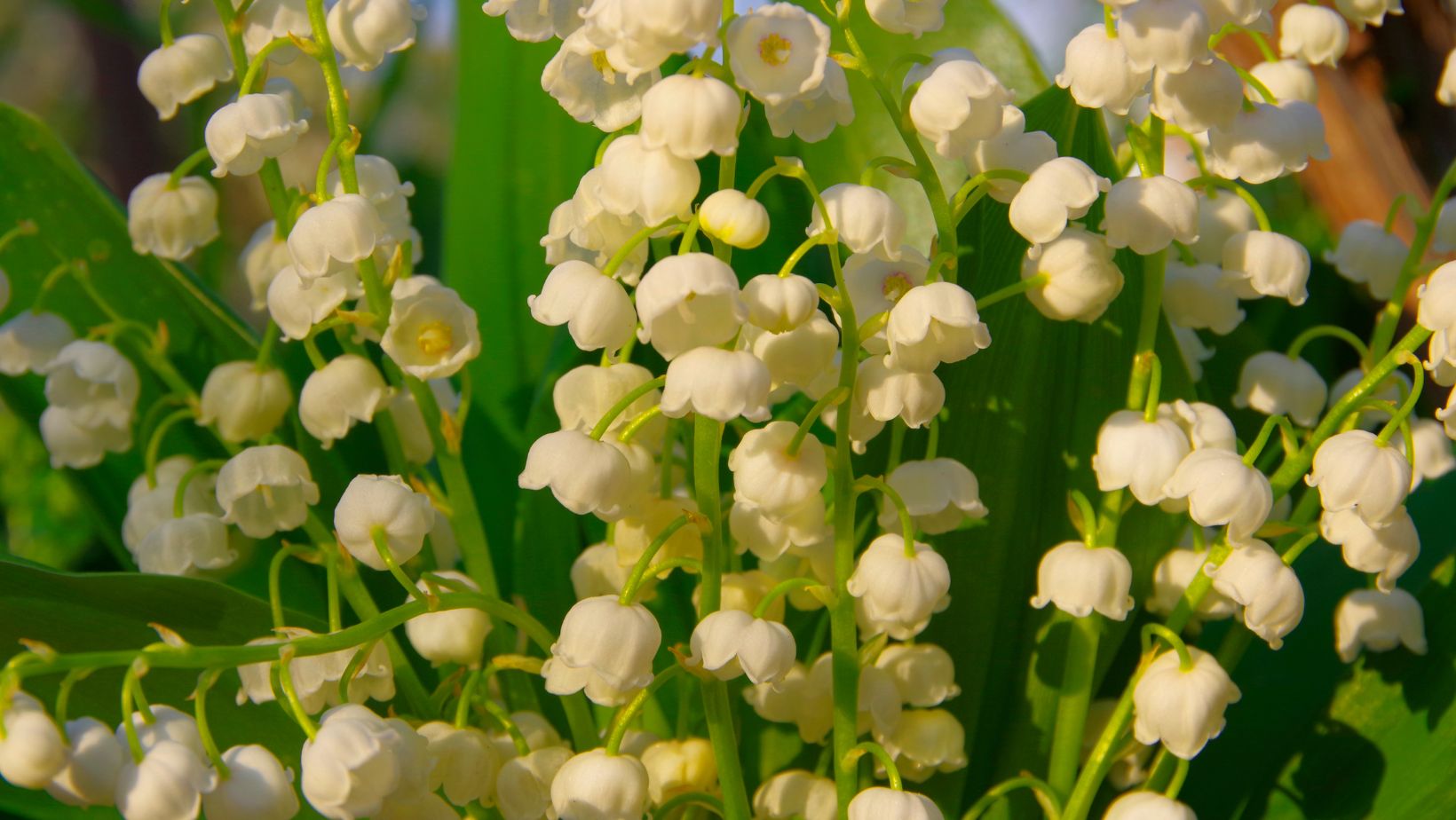Physical Address
304 North Cardinal St.
Dorchester Center, MA 02124

In the charming world of Stardew Valley, planting isn’t just a hobby—it’s an art form. Each season brings a fresh canvas, bursting with vibrant crops that can turn any farm into a lush paradise. But let’s be real: if you’re still trying to grow strawberries in winter, it’s time for a little plant intervention.
Stardew Valley features crops categorized by seasons: spring, summer, fall, and winter. Each season offers unique plants that grow best in specific weather conditions, impacting yield and harvest times. Spring introduces crops like potatoes, strawberries, and tulips. Summer brings tomatoes, blueberries, and corn, allowing players to maximize their production.
Fall crops include pumpkins, cranberries, and eggplants, which provide lucrative returns before winter sets in. Winter presents challenges, as most crops can’t grow. Instead, players focus on foraging, using winter seeds, and maintaining greenhouse plants for year-round harvests.
Understanding these seasonal differences is crucial for effective farming management. Players must consider growth times, crop prices, and fertilizer options to optimize their output. Scheduling planting and harvesting around the seasons prevents losses and maximizes profits.
Many players prioritize high-value crops for short growth periods. For instance, strawberries yield significant returns if planted during spring. Similarly, blueberries continue to produce throughout summer, making them a favorite.
Using this knowledge, players can create strategies for planting and rotating crops. Maintaining awareness of seasonal shifts adds depth to the farming experience. Planning ahead ensures farmers can take full advantage of the crop system in Stardew Valley.

Spring in Stardew Valley marks the beginning of a vibrant planting season. Specific crops thrive, offering players a rich selection for their farms.
Potatoes stand out as versatile crops that yield moderate profits quickly. Strawberries, known for their high value, generate significant returns if planted early. Tulips provide aesthetic appeal and can be sold for a reasonable price, making them a decent option. Cauliflower, although it takes longer to mature, offers a hefty payout upon harvest. Green beans produce continuously after their initial growth, maximizing profits during the season. Each of these crops provides players with strategic choices to boost their farming success.
Planning crop rotation enhances productivity considerably. Players should plant strawberries as soon as possible since they bear fruit multiple times. Fertilizing improves crop quality, leading to increased selling prices. Watering daily ensures plants receive essential hydration for optimal growth. Keeping track of growth times helps in planning subsequent crops. Prioritizing short-maturity crops allows for multiple harvests in the spring, which maximizes overall yield. With careful consideration of weather and time, players can create a flourishing farm in Stardew Valley’s spring season.
Summer in Stardew Valley offers a vibrant selection of crops. This season presents opportunities for high yields and profitability.
Tomatoes offer consistent returns, producing fruit every four days. Blueberries stand out due to their multiple harvests within a short time frame, yielding several berries per plant. Corn thrives in both summer and fall, providing an extended harvest period. Hot peppers grow quickly, taking only five days to mature, delivering quick profits. Finally, starfruit, though more expensive to plant, commands a high price at the market.
Start with quality fertilizer to enhance crop growth and maximize yields. Water plants daily to prevent wilting and increase productivity. Rotate high-value crops like blueberries to ensure income consistency throughout the season. Utilize sprinklers to simplify irrigation, saving time for other farming activities. Heed the specific growth times to plant crops efficiently, focusing on those with shorter maturation periods. Keeping track of harvesting schedules proves beneficial for maintaining a thriving summer farm.
Fall presents a rich variety of crops that thrive as the season shifts. Understanding the best choices is essential for maximizing profits before winter arrives.
Pumpkins stand out for their high value and versatility, making them a top choice for fall planting. Cranberries offer multiple harvests, resulting in consistent returns throughout the season. Eggplants, with their quick growth, can further improve farm income. Additionally, grapes provide opportunities for crafting homemade wine, enhancing profits. Players often find that high-value crops not only yield well but also add beauty to the farm. Prioritizing these crops allows them to efficiently utilize time and resources.
Starting with quality fertilizer boosts growth rates and crop quality. Daily watering plays a crucial role in maintaining healthy plants and preventing wilting. Planning for crop rotation is vital, allowing players to maximize their yield potential throughout the season. Utilizing scarecrows helps protect against crows, ensuring crops remain safe. Effective tracking of harvesting schedules keeps players organized, encouraging timely collection of produce. Lastly, planning ahead ensures that all planting is completed before winter, maximizing productivity during this colorful season.
Winter in Stardew Valley presents unique challenges for farmers. Most crops cannot grow during this season, yet players can still cultivate certain plants and maximize their farming efforts.
Winter seeds become essential for growing crops in the cold months. Players can craft these seeds from foraged materials like snow peas, winter root, crocus, and sweet peas. Snow peas thrive and yield multiple harvests, adding depth to the winter farming experience. Winter root produces reliable returns, while crocus offers a decorative touch to the farm. Sweet peas contribute both to the aesthetics and the economy, appealing to various player strategies.
Greenhouse cultivation allows year-round growth for crops like strawberries, blueberries, and artisan goods. Players should prioritize maintaining the greenhouse by regularly watering plants and using fertilizer for optimal yield. This planning allows consistent harvests despite the winter chill. Players can diversify their approach by engaging in foraging for additional resources, further enhancing their farming outcomes.
Mastering seasonal planting in Stardew Valley is vital for any aspiring farmer. Each season brings a unique array of crops that can significantly impact productivity and profitability. By understanding the growth cycles and optimal planting strategies for spring, summer, fall, and winter, players can make informed decisions that enhance their farming experience.
Utilizing techniques like crop rotation, timely watering, and quality fertilizers ensures a flourishing farm throughout the year. Embracing the challenges of winter with winter seeds and greenhouse management allows players to maintain steady production even in the cold months. With careful planning and a creative approach to farming, players can truly transform their Stardew Valley experience into a thriving agricultural adventure.